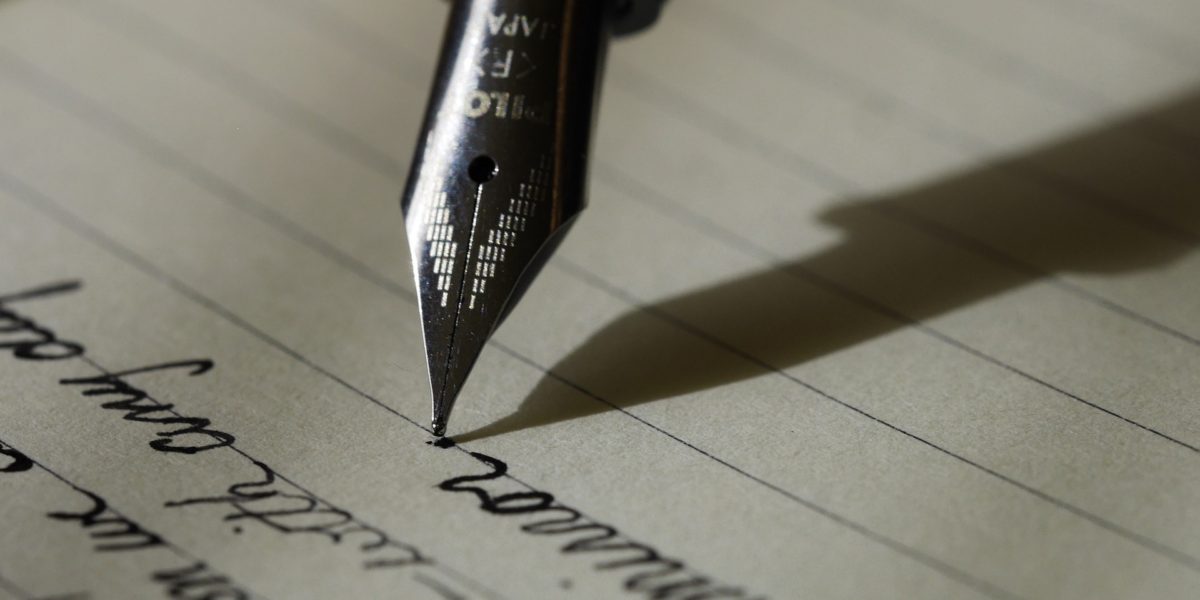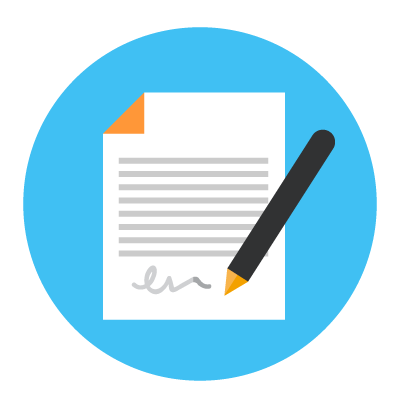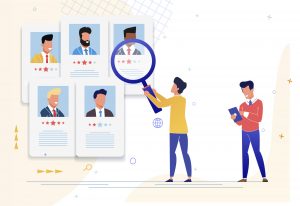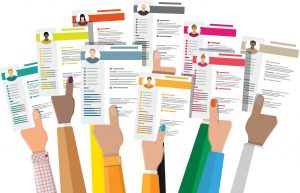Recruiting
How to write an effective cover letter and be called by recruiters

Often underestimated by the candidate, the cover letter is actually a business card to anticipate the salient features of your professional profile and demonstrate the validity of your application.
It is very important to understand how to articulate and write the cover letter, as it will be the first step to access the evaluation of the curriculum by the recruiters and a possible call for an interview.
So here are some tips for writing a good cover letter.
Synthesis and clarity
Write a rather short cover letter, containing a “condensed” of the important characteristics to communicate to those who will carry out the recruitment.
Do not overdo the information, for example, you do not need to write down the details of all past work experiences as they will already be contained in the resume. Rather, it leaves room for the reasons why a recruiter should call you and a company hire. The ideal length of a cover letter should be around 10 lines.
No schemes
Avoid bullets in your profile description. It’s best not to be too schematic and opt for a discursive but essential cover letter. You will be able to be more schematic in the drafting of the CV, which lends itself more to a synthetic representation.

Subdivision into paragraphs
To obtain an effective cover letter, it is useful to study a structure in three parts, which articulate the speech in an orderly and logical.
Here are the topics your cover letter should contain:
- Who you are and why you are writing. You do not need to write your name and surname in this part since they will already appear on the curriculum and in the signature of the cover letter. Immediately indicate the position you are applying for and then briefly describe your educational and/or professional profile.
- Why do you propose yourself to the company and believe that your CV should be considered. Briefly discuss the reasons that lead you to apply for a specific position with the recipient company. Express what your medium to long-term professional goals are and highlight your strengths. Obviously, this part will depend on your situation and the experience you have acquired: it will be better to customize the paragraph from time to time, with the company and the type of application, as we will explain in followed.
- Conclusion and thanks. Close the cover letter by declaring your willingness to interview and provide further details and clarifications. You can very politely solicit a response by providing your e-mail address and mobile number as direct contact details.
Personalize your letter time by time
Better not write a single template letter to send without changes to all the companies you intend to contact.
We recommend that you invest some time in customizing your cover letter according to the recipient, to communicate your real interest.
Specifically, always remember to:
- Change the holder (enter the name of the human resources manager, or the name of the company)
- Indicate the characteristics that highlight a compatibility between your profile and the one sought by the company, or the reasons why the company should hire you
Make it flawless sending by e-mail
You will almost certainly send your resume attached to a message by email. Don’t attach your cover letter as well, use it instead as the body text of the email.
Make sure you insert in the subject line the reference to the position you are applying for, to prevent your application from being automatically filtered as “junk mail”.







